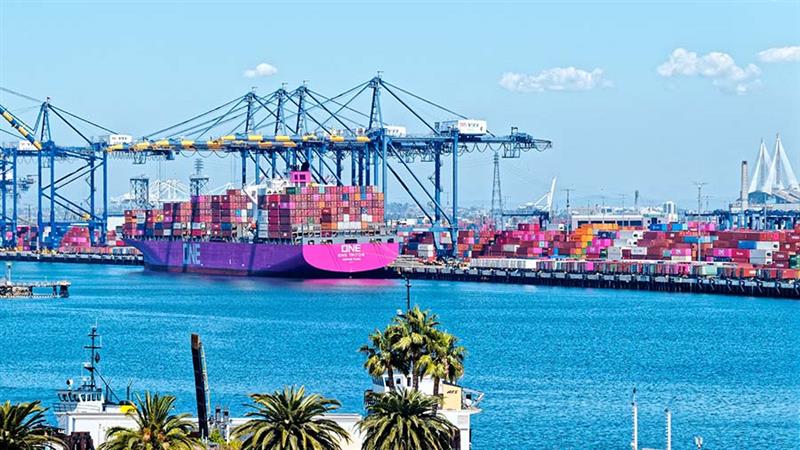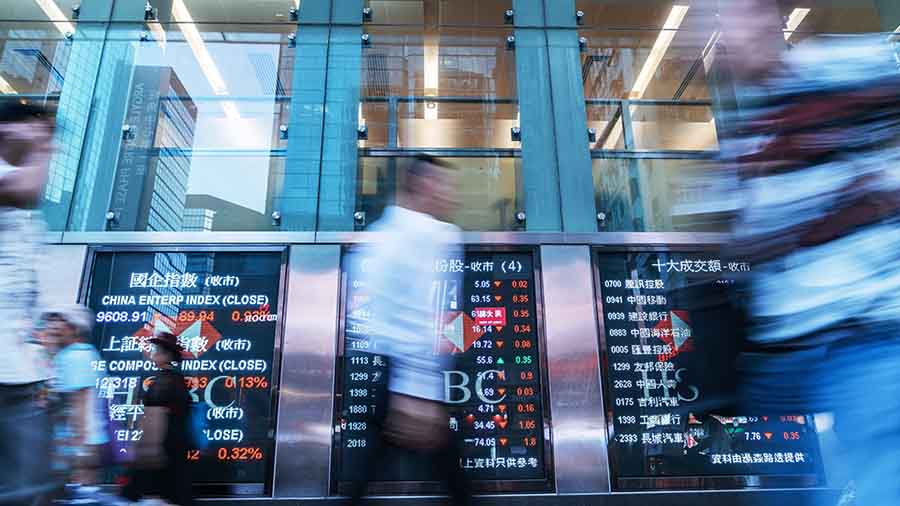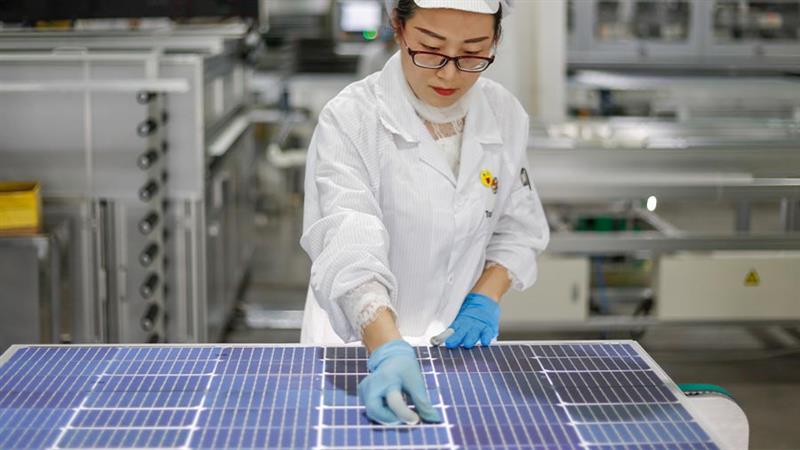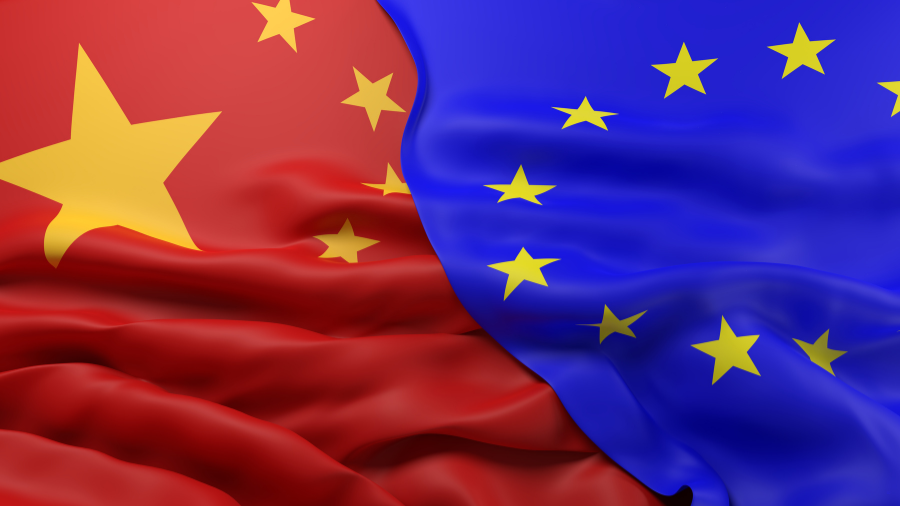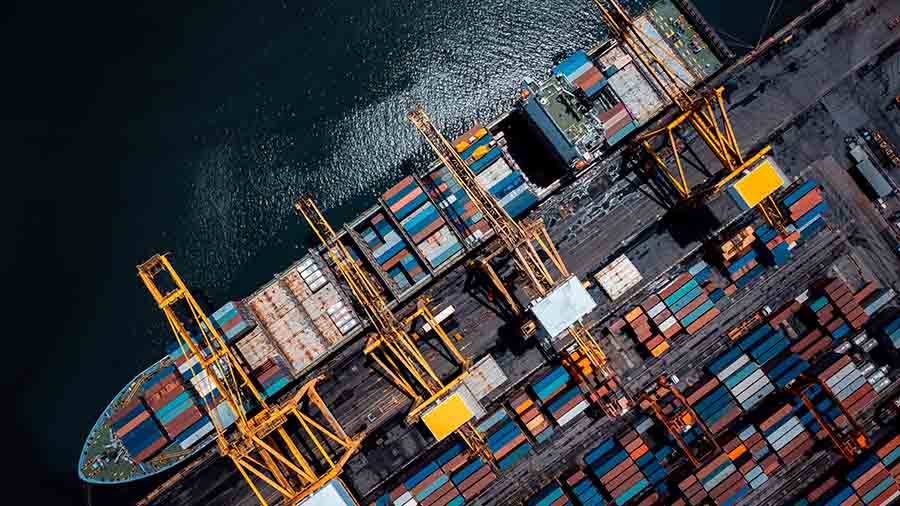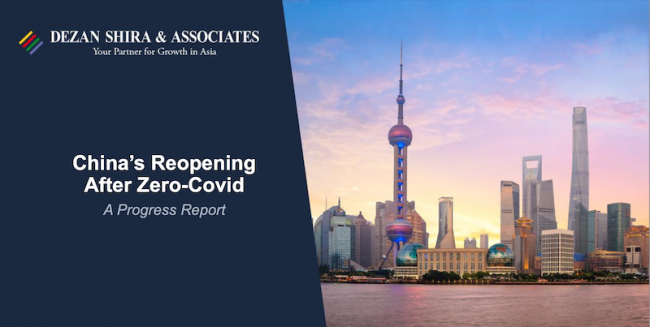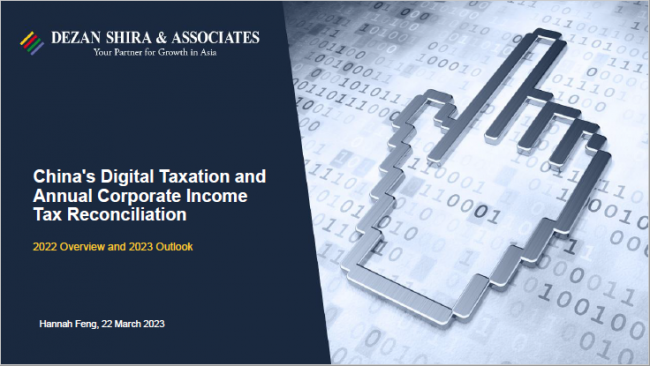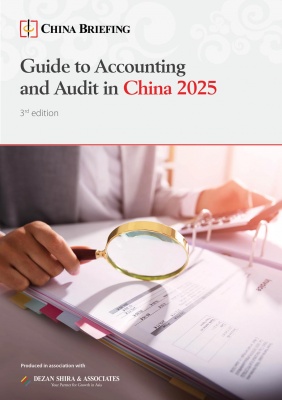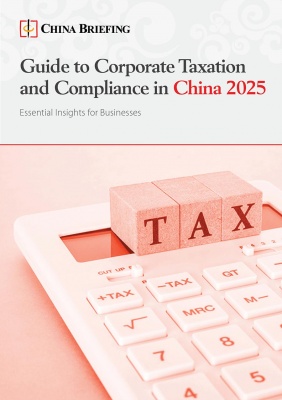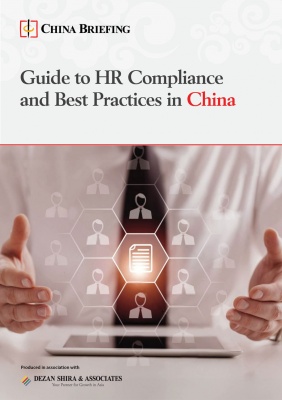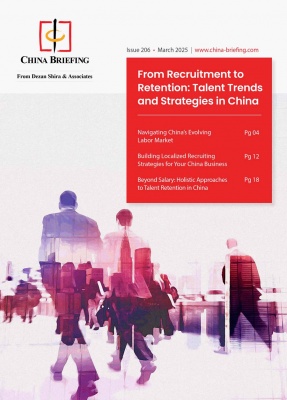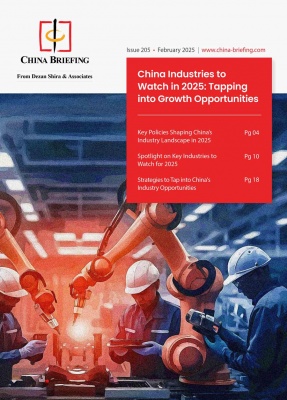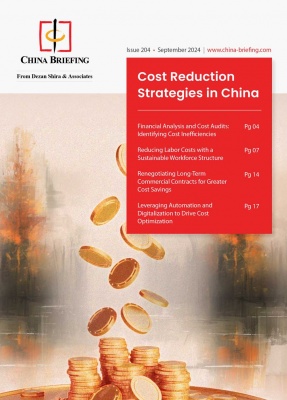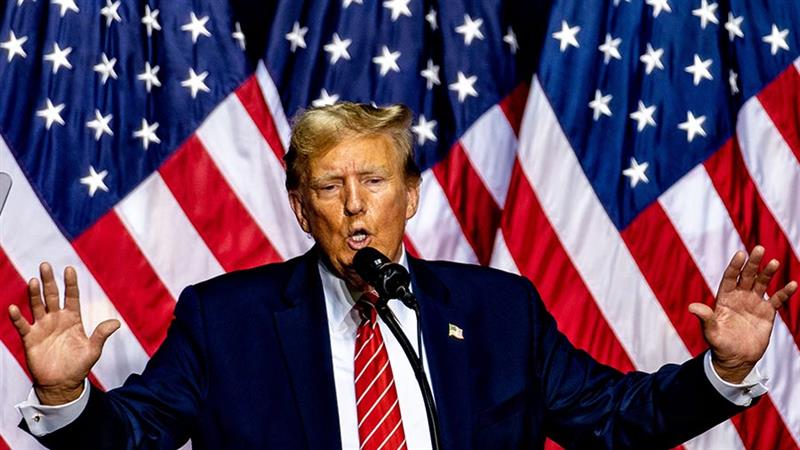-
Other Briefings
- Subscribe
US Cuts China Tariff to 30% in 90-Day Reprieve - Highlights from US-China Trade Talks
China and the US have reached an agreement to reduce reciprocal tariffs from 125% to 10% for 90 days, with the possibility of a broader trade deal on the horizon.
US-China Relations in the Trump 2.0 Era: A Timeline
This timeline was created on January 21, 2025, and was last updated on April 23, 2025. On April 21, 2025, US Commerce Department imposes steep tariffs on Chinese-made solar cell imports from Southeast Asia.
Albanese’s Re-election Reinvigorates China-Australia Trade Relations Amid US Tensions
Explore the latest developments in China-Australia trade relations, including agricultural exports and strategic diversification amid US-China trade tensions, under Australia's PM Albanese's renewed leadership.
EU-China Relations After the 2024 European Elections: A Timeline
Timeline tracking key developments affecting EU-China relations, including trade and business engagement, under the new European Parliament.
Can Hong Kong Capitalize on US Delisting Risks Facing Chinese Companies?
US delisting risks are prompting Chinese firms to pivot toward Hong Kong. This article explores whether the city can serve as a stable alternative amid growing geopolitical and financial tensions.
Mapping Tariff Risk: Which Chinese Cities Are Most Exposed to Foreign Trade?
As global trade tensions escalate, this article maps China’s regional trade exposure—identifying which provinces and cities are most vulnerable to tariffs and how local policies are responding.
China’s New Instant VAT Refund Policy: Boost to Tourism and Retail, Amid Tariff Tensions
China's new real-time VAT refund system enables foreign tourists to receive instant tax rebates at the point of purchase, aiming to boost domestic consumption and streamline the retail-tourism experience. While promising increased spending and digital tax efficiency, successful implementation will depend on retailer compliance and infrastructure readiness.
China’s Economy Beats Expectations in Q1 2025 - Can Momentum Last?
While strong export growth helped China’s economy beat expectations in Q1 2025, the impact of US tariffs may test its resilience. We look at China's latest economic indicators.
Impact of US-China Tariffs on Transfer Pricing - Considerations for MNCs
The escalating global trade war has profound implications for transfer pricing. We discuss strategies for MNCs to mitigate risk exposure.
Trump Raises Tariffs on China to 145% - Overview and Trade Implications
Trump's latest tariff hike will place significant pressure on Chinese exporters, but has the potential to reshape global trade relations.
US Trump Tariffs: Key Implications for China's Ultra-Fast Fashion
US Trump Tariffs, reinstated in April 2025, revoked the de minimis exemption for Chinese shipments, introducing new tariffs on small packages and bulk imports. This shift threatens China’s ultra-fast fashion sector, by raising operational costs and disrupting their business model based on low-value, high-frequency shipments.
China’s 2025 Outbound Investment: Key Markets & Sector Trends
China's outbound direct investment is shifting toward emerging markets in Southeast Asia, the Middle East, and Central Europe.

DEZAN SHIRA & ASSOCIATES
Meet the firm behind our content. Visit their website to see how their services can help your business succeed.
About Us Find an AdvisorWant the Latest Sent to Your Inbox?
Subscribing grants you this, plus free access to our articles and magazines.
SUBSCRIBEGet free access to our subscriptions and publications
Subscribe to receive weekly China Briefing news updates, our latest doing business publications, and access to our Asia archives.
Sign Up Now
